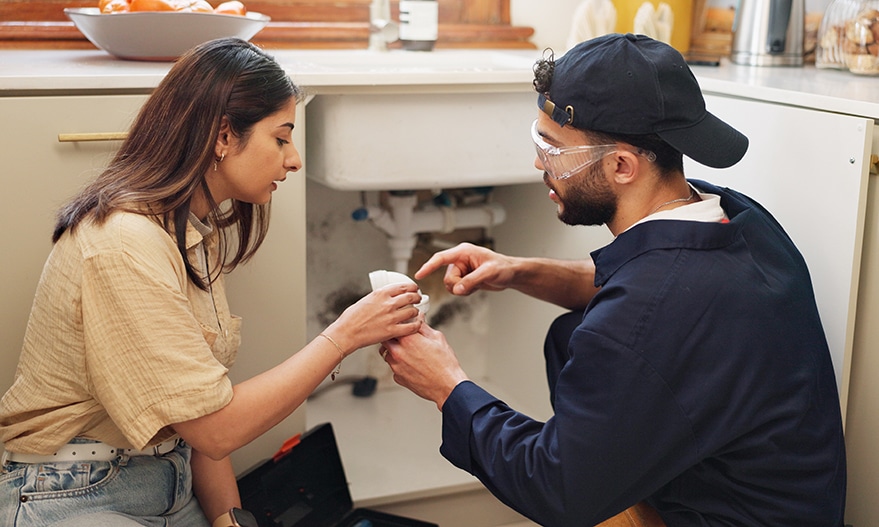When was the last time you checked your home’s water pressure? It’s easy to overlook, but proper water pressure is key to your plumbing’s health and daily comfort. Too high or too low pressure can damage appliances, raise water bills, and waste water. Regular checks can save money, conserve water, and extend your plumbing’s lifespan. This guide covers why monitoring water pressure matters, how often to check it, and what to do if problems arise.
How Often Should You Check Your Plumbing?
Regularly testing your home’s water pressure is a proactive step towards a healthy plumbing system. But how often should you do it?
General Recommendations
- Semi-Annually or Annually: For most homes, checking your water pressure every 6-12 months is a good rule of thumb.
Factors That May Require More Frequent Checks
- Older Homes: Aging pipes or fixtures are more prone to pressure-related wear and tear.
- Recent Renovations: Plumbing updates or new appliances may alter your water pressure.
- Noticeable Changes: If you suddenly experience pressure spikes or drops, it’s time for an immediate check.
By making water pressure monitoring part of your routine home maintenance, you can prevent minor issues from turning into major problems.
How to Check and Monitor Water Pressure
Good news—you don’t need special skills to check your water pressure. To get started, you’ll need a water pressure gauge, available at most hardware stores, and optionally a smart water monitoring device for ongoing tracking.
First, locate your hose bib by finding the outdoor faucet closest to your main water supply. Make sure all appliances in the house are off, such as showers or dishwashers, to ensure accurate results.
Next, securely attach the pressure gauge to the faucet, then fully open the faucet to read the pressure displayed in PSI. Ideal water pressure ranges between 40–60 PSI; anything below 40 PSI indicates low pressure, while above 60 PSI is too high. If your reading falls outside this range, consider taking further action to address the issue.
If your pressure readings are extreme or you’re unable to pinpoint the problem, it’s best to consult a licensed plumber for a thorough inspection.
Solutions for Addressing Water Pressure Issues
Adjusting your home’s water pressure doesn’t always require a professional, though some issues may need expert help. Start by checking or adjusting your pressure regulator, typically located near the main water line, and follow the manufacturer’s instructions.
For homes with high water pressure, installing a pressure-reducing valve can help, while a pressure booster is ideal for increasing flow in areas with low pressure. If the problem persists, aging or faulty pipes and fixtures may be the culprit and might need to be replaced to restore proper function.
When to Call a Professional Plumber
Not every water pressure issue can—or should—be handled on your own. Here’s when it’s time to call in the pros:
- Persistent Issues: If adjustments or DIY fixes don’t solve the problem.
- Leaks or Visible Damage: A professional can assess the extent of the damage and make the necessary repairs.
- Complex Problems: Issues involving your main water line or advanced plumbing systems require expertise.
Professional plumbers not only resolve current water pressure issues but can also offer routine inspections to ensure your system stays in top shape.
Take Control of Your Plumbing for Ultimate Peace of Mind
Maintaining proper water pressure is essential for preventing costly plumbing repairs, conserving water, saving money, and ensuring daily comfort. By checking your plumbing semi-annually or whenever issues arise, you can keep your water pressure in the ideal range of 40–60 PSI. Whether you choose to handle it yourself or rely on a professional, this simple task should be part of your regular home maintenance routine.
Need assistance? Plumbing Pros Service offers expert inspections and repairs to keep your pipes running smoothly. Schedule your service today and take the guesswork out of plumbing care!

